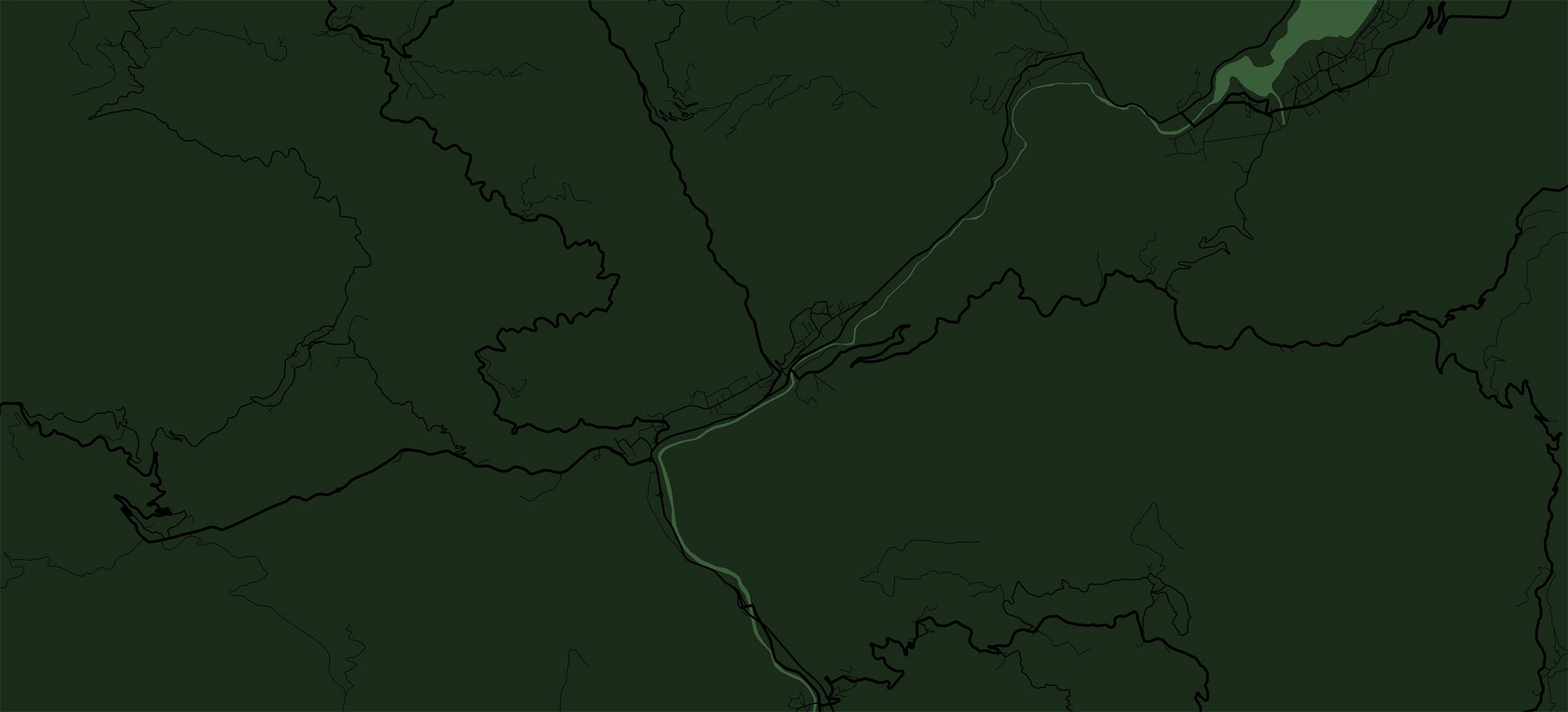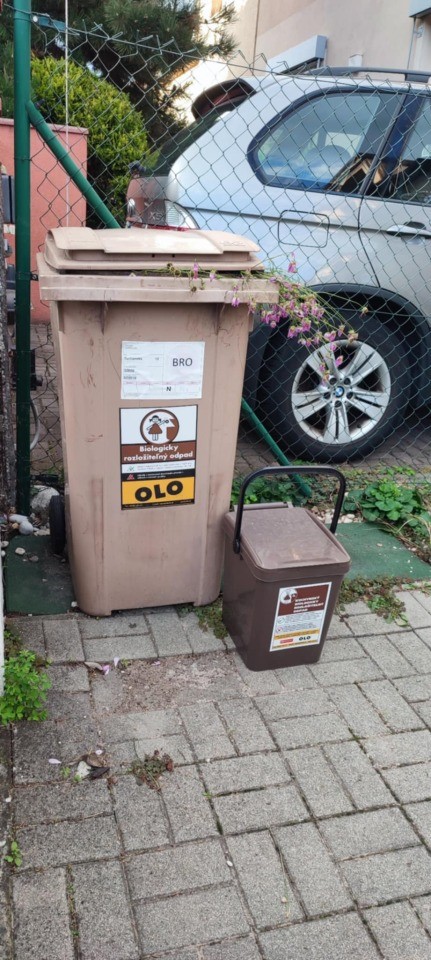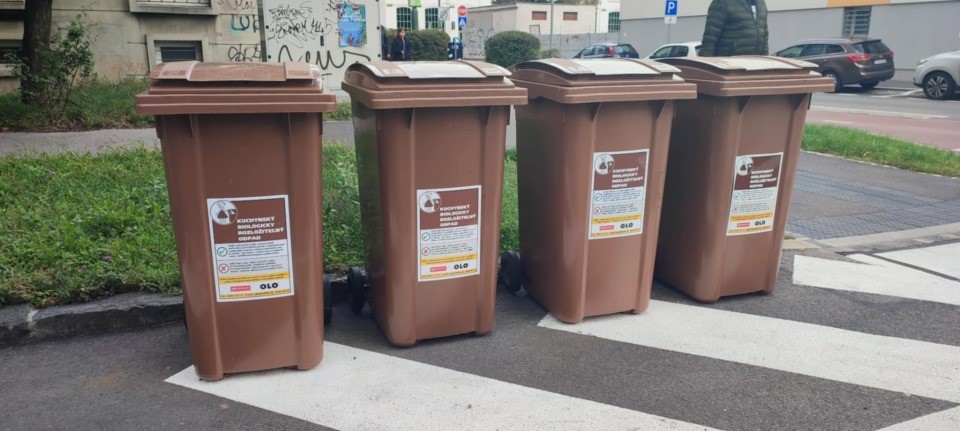The Collection of Organic Waste in a European Capital
The city of Bratislava (SK) – home to half a million inhabitants – has reduced residual waste by 10 thousand tonnes in two years by separating kitchen waste and recovering the processed material for use in agriculture to improve soil fertility and sequester carbon, while also producing renewable electricity.
Intervention: Organic waste collection
Location: Bratislava
Year: 2021

Effective regulations and meticulous project analysis laid the foundation for establishing a virtuous waste collection system in a very short time.
Organic waste collection
8.000t
2021
Organic waste collection
18.000t
2023



